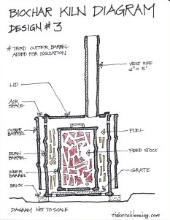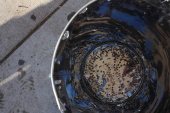
 7
7




 6
6




 1
1




Check out Redhawk's soil series: https://permies.com/wiki/redhawk-soil
 1
1




John Daley Bendigo, Australia The Enemy of progress is the hope of a perfect plan
Benefits of rainfall collection https://permies.com/t/88043/benefits-rainfall-collection
GOOD DEBT/ BAD DEBT https://permies.com/t/179218/mortgages-good-debt-bad-debt
 1
1




Check out Redhawk's soil series: https://permies.com/wiki/redhawk-soil
 3
3




 2
2




William Bronson wrote: I think some holes on the base of your chimney could clean up your burn.
A build too cool to miss:Mike's GreenhouseA great example:Joseph's Garden
All the soil info you'll ever need:
Redhawk's excellent soil-building series





 1
1




John C Daley wrote:My concern is the fact that heat is being created and dumped to the atmosphere, can that process be improved to heat something? A home, water etc?

|
It was a ray gun. And now this tiny ad insists on being addressed as "Ray":
The new permaculture playing cards kickstarter is now live!
https://www.kickstarter.com/projects/paulwheaton/garden-cards
|







